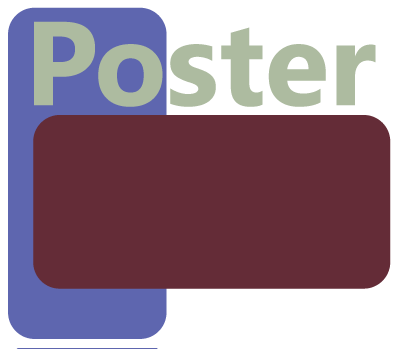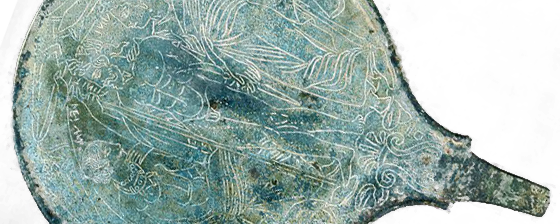
Artificial Intelligence in the Penal System Ensuring security and order in Austrian prisons is a core task of the penal system. In particular, the protection of persons directly involved in the prison system, i.e. inmates and staff, against physical and psychological violence is of essential importance. In 2019, there was an average of one physical … Continue reading KIIS →

The Vienna City Library is one of the most important scholarly libraries with a special focus on Vienna. It has also 350,000 posters – the largest collection in Austria – as well as an extensive documentation in the form of newspaper clippings and historical photographs. For details see the Online Catalogue Plakatsammlung | Wienbibliothek im … Continue reading Poster Project →

Algorithmic Governance of Care Care work in long-term care (LTC) is considered as a genuine human-centred activity, requiring empathy, emotional investment, physical encounters and intimate, trust-based relations between various care-givers and care-recipients. AI technologies are introduced in this professional field to assist care workers in their daily activities and provide an additional measure of care … Continue reading AlgoCare →

Multimodal Sensor-Lighting System for the Protection of Vulnerable Traffic Participants The reliable machine detection of vulnerable participants in road traffic (pedestrians, two-wheelers) is an important social goal and a demanding technical challenge, which currently remains unresolved; particularly when it comes to poor visibility conditions (night, fog), far distances (>100m) and approaching a vehicle from the … Continue reading SmartProtect →

Simulation of vehicle interiors for the efficient development of driver/occupant monitoring systems The goal of this project is a cost and time efficient simulation workflow for the development of applications for environmental analysis for the vehicle interior. Our innovative approach simulates complex dynamic vehicle interior scenarios (e.g. generation and animation of 3D person models, materials … Continue reading SyntheticCabin →
Learned Image Compression With more than 85% of all global internet traffic, image and video data make up the majority of information transmitted via the internet. In particular, the growing market of streaming services together with an increase in video quality are making the availability of highly efficient image and video compression methods a necessity … Continue reading aistream →

Subjective Assessments of Legibility in Ancient Manuscript Images. The dataset consists of 250 images of historic manuscripts, paired with spatial maps of human legibility. These legibility were created in a study with 20 experts of philology an paleography. Dataset: Publication: https://link.springer.com/chapter/10.1007/978-3-030-68787-8_5

Etruscan Mirrors in Austria: The Kunsthistorisches Museum Vienna and other public collections Etruscan mirrors form one of the largest object groups in Etruscan art; and this project intends to produce a comprehensive study of Etruscan mirrors held in Austria – those in the Kunsthistorisches Museum Vienna and the ones housed in other Austrian public collections. … Continue reading Etruscan Mirrors in Austria →

This dataset consists of 3 subsets: Leaves of the most common Austrian broad leaf trees: Ash (25), Beech (30), Hornbeam (34), Mountain oak (22), Sycamore maple (23) Bark of the most common Austrian trees: Ash (34), Beech (16), Black pine (166), Fir (127), Hornbeam (42), Larch (200), Mountain oak (77), Scots pine (190), Spruce (213), … Continue reading Tree Species Dataset →

The Time Machine Lower Austria project is a feasability study within the context of the Time Machine organisation. Its goal is to analyze the data landscape of cultural heritage institutions in Lower Austria and to show possibilities to access and visualize this data. The origin of the data can be from archives, museums, libraries and … Continue reading Time Machine Lower Austria →









